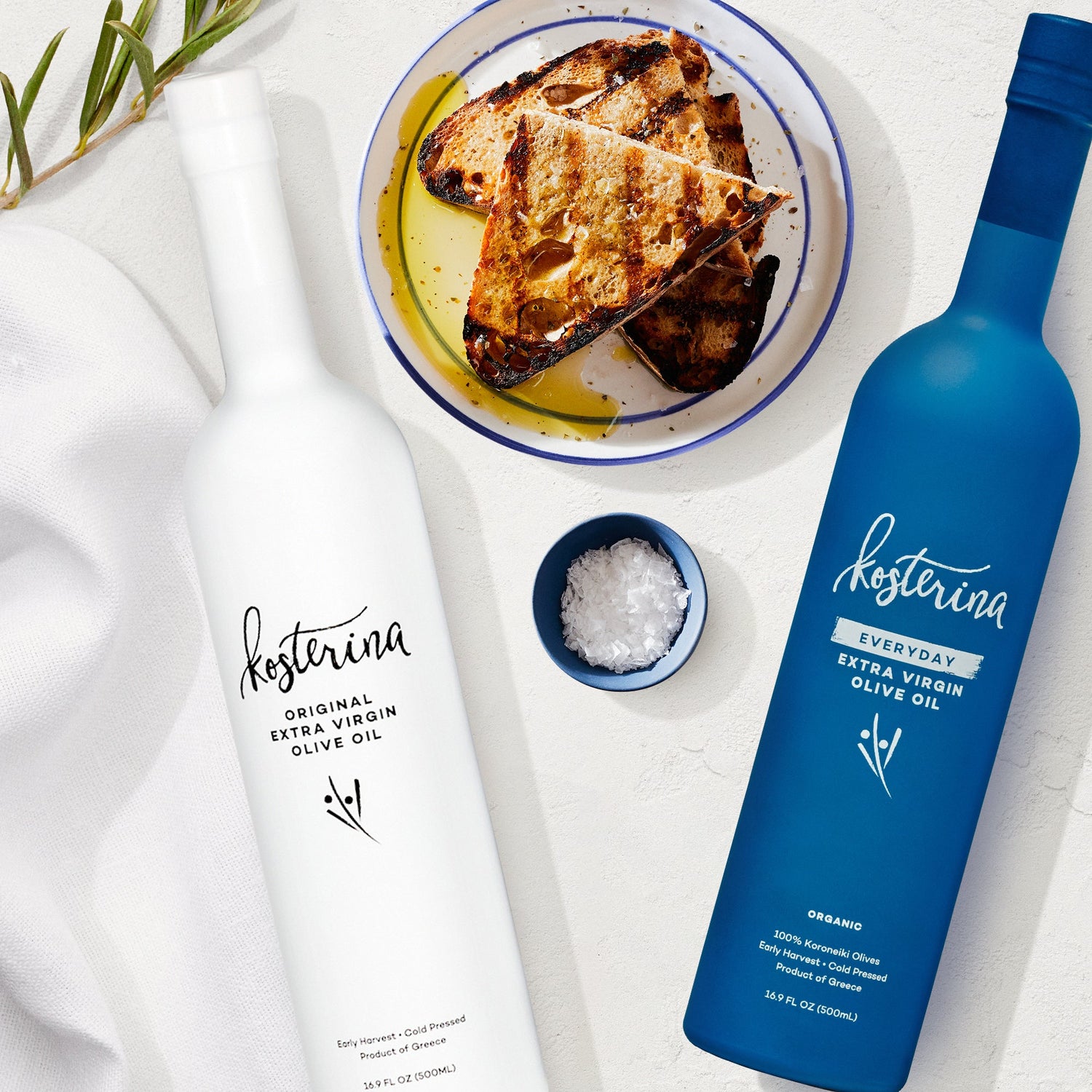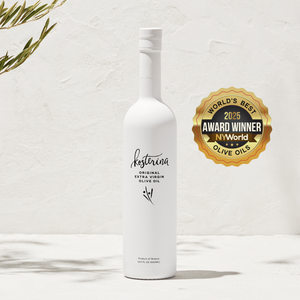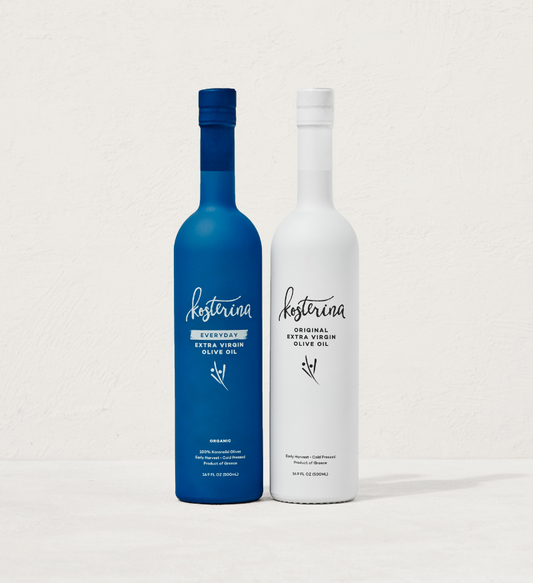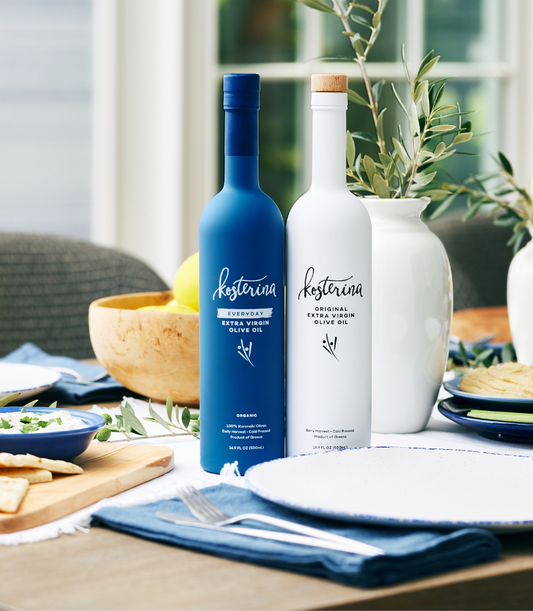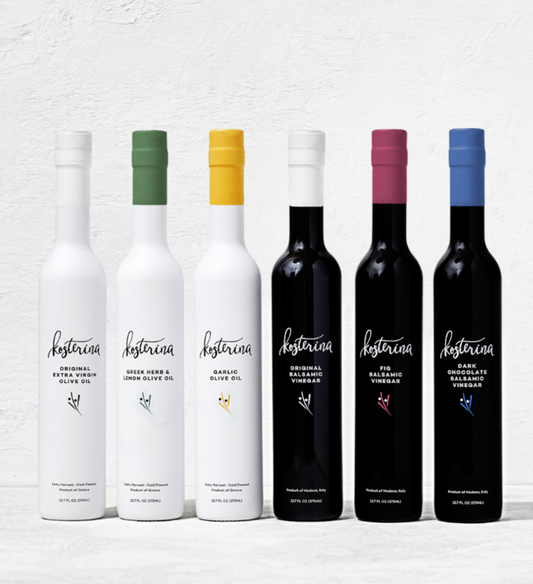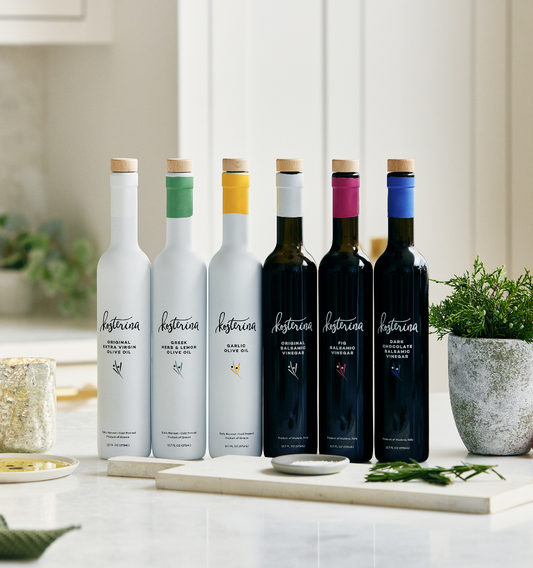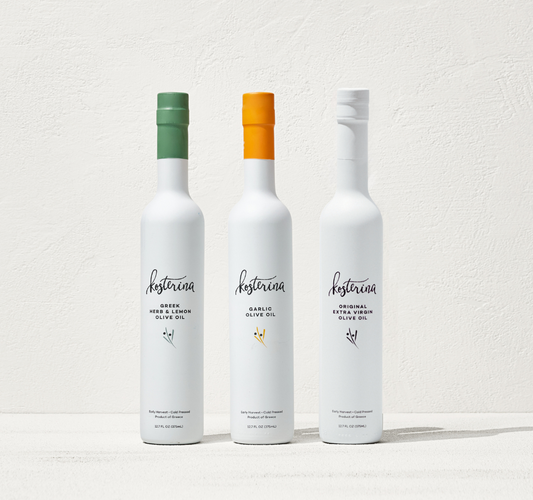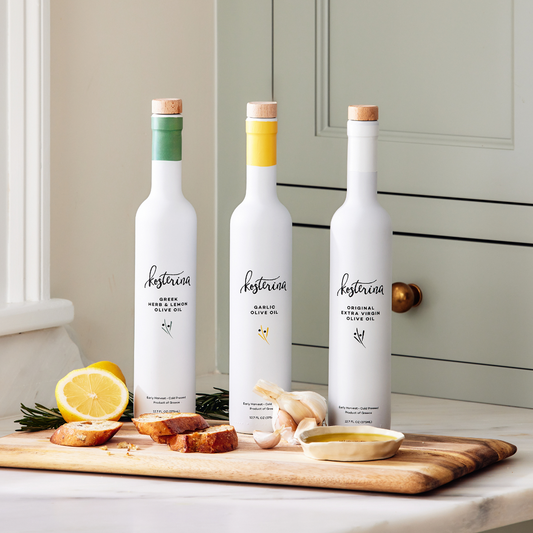Dear Kosterina Family,
Have you ever flipped over a package of your favorite snack and wondered, What exactly am I eating? If you’re a health-conscious foodie, you’ve probably noticed that food labels vary wildly depending on where in the world you shop. When you stroll through grocery aisles in Europe or Canada, food packaging may look familiar to what you see in the US, but the information provided on food labels is strikingly different. And the differences between European and U.S. food labels aren’t just about aesthetics—they reveal a lot about how each region approaches food safety, transparency, and consumer health.
Vani Hari, widely known as the "Food Babe," has been vocal about the stark differences in food additives allowed in the United States versus Europe. She highlights that American companies often include harmful chemicals in foods sold domestically, while providing cleaner versions of the same products for European markets due to stricter regulations. And if you have been following the recent health news, the Food Babe led the charge in “boycotting Kellogg’s” – whose cereals are immensely different (and use much healthier ingredients) in Europe. Hari emphasizes the need for consumer advocacy, as public pressure has led some companies to clean up their products. For example, Kraft and Quaker were urged to adopt European standards after petitions and campaigns.
Let’s dive into the key differences in a way that empowers you to make informed choices.
1. Transparency in Ingredients
European food labels prioritize simplicity and full disclosure. Ingredients must be listed by quantity in descending order, with clear emphasis on allergens. In contrast, U.S. labels often use catch-all terms like “natural flavors,” leaving you guessing about the specifics.
Take bread as an example. In the U.S., you might see terms like "enriched flour" and "dough conditioners," which often include additives like azodicarbonamide (banned in Europe for health risks). Meanwhile, European bread labels are typically more straightforward because they don’t include unhealthy additives, often sticking to the basics like flour, water, yeast, and salt.
2. Nutritional Info: Simplicity vs. Serving Size Shenanigans
European labels offer a standardized approach by listing nutritional values per 100 grams or 100 milliliters, making it easy to compare products across brands. The U.S., however, lists values per serving, and those serving sizes can be misleadingly small. Ever had a snack where “one serving” was half the bag? Exactly.
3. Additives: The Good, the Bad, and the Banned
Here’s where things get really interesting. Europe follows the "precautionary principle," meaning if there’s doubt about an additive's safety, it’s often banned. The U.S. takes a more permissive stance, allowing additives unless proven harmful.
Some key additives banned in Europe but permitted in the U.S. include:
-
Potassium bromate: A dough conditioner linked to cancer (in animal studies) and nervous system issues, is widely prohibited in Europe but used in American bread products.
-
Azodicarbonamide (ADA) - A bleaching agent and common allergen.
-
BHA & BHT: Preservatives associated with liver, kidney, and thyroid problems in animal studies.
-
Brominated vegetable oil (BVO): Used in sodas to stabilize flavors but also a flame retardant, banned in Europe and linked to memory and nerve issues.
-
Titanium dioxide: A colorant recently banned in Europe due to its potential carcinogenic effects.
-
Artificial food dyes: Colors like Red 40 and Yellow 5 are allowed in the U.S. but require warning labels or are banned entirely in the EU for their links to potential hyperactivity in children and other unresolved health concerns. In the U.S., no such warnings exist, and these dyes are found in everything from cereal to candy.
-
Hormonal and Farm Animal Additives: The U.S. allows certain growth hormones like rBGH in dairy production and ractopamine for livestock growth, bo
As food activist Vani Hari, the “Food Babe,” often says, “If it’s banned in Europe, why are we eating it here?”
4. Organic and GMO Labeling
Europe’s strict regulations ensure that any food containing more than 0.9% genetically modified organisms (GMOs) is clearly labeled. The U.S. has only recently required GMO disclosure, and even then, terms like “bioengineered” can make the information feel less accessible.
Genetically modifying certain crops often involves altering their DNA to make them resistant to herbicides, such as glyphosate, the active ingredient in Roundup. However, glyphosate has been linked to cancer in some studies, raising concerns about its widespread use. The regulatory landscape for GMOs differs significantly between the U.S. and Europe. While the United States has approved hundreds of genetically modified crops for commercial use, the European Union has authorized fewer than 40, reflecting its more cautious approach to GMO regulation
When it comes to organic certification, Europe tends to have stricter standards for pesticides and animal welfare than the U.S. does. So, that organic cheese from France? It’s likely held to a higher standard than its American counterpart.
5. What These Differences Mean for Consumers
The divergence in food labeling reflects broader differences in regulatory philosophy:
-
Europe prioritizes precautionary principles to minimize potential risks and ensure transparency.
-
The U.S. focuses on industry flexibility while still providing basic nutritional information.
Check out some of the products the Food Babe highlights that are drastically different in Europe and the U.S. https://foodbabe.com/food-in-america-compared-to-the-u-k-why-is-it-so-different/



So, What’s a Health Enthusiast to Do?
-
Shop Smart: Buy organic whenever you can. Familiarize yourself with common additives and avoid those that are controversial or banned elsewhere.
-
Go Global: European-style food markets or imported brands can offer cleaner options.
-
Demand Better: Public pressure has already led companies like Kraft to reformulate products for the U.S. market. Check out our recent Weekly Wellness about the October Senate Hearing on Nutrition. So many of our favorite health influencers, doctors, and more are going to bat for our health and hoping to make serious changes to ingredients that are allowed to be used in our country.
As Dr. Mark Hyman puts it, “Food is information—it programs your body.” Understanding these label differences equips you with the tools to fuel your body with the best information possible.
Being mindful about what you eat isn’t just a trend; it’s a movement toward better health and a more transparent food system. What’s your go-to strategy for decoding labels? Share your tips—let’s learn together!
Peace, Love & EVOO,
Katina and The Kosterina Team
